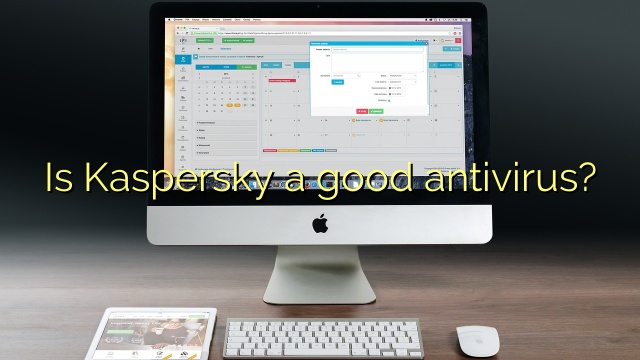

To begin using trusted system certificate storage: Open the application settings window. Kaspersky Endpoint Security automatically assigns such applications to the Trusted group. Adding a Certificates snap-in The Certificates snap-in window opens. Use of system certificate storage lets you exclude applications signed by a trusted digital signature from virus scans.

In the Available snap-ins list, select Certificates and click Add. Selecting Add/Remove Snap-in The Add or Remove Snap-ins window opens. “We were able to come up with alternative attacks that still worked and Kaspersky resolved it quickly,” Ormandy said in an advisory made public Wednesday. 0.0 Data Cert (fake) Kaspersky Anti-Virus Personal Root Certificate.cer, and then in the Mozilla Firefox menu (at the top right - three horizontal line). There is no official feature in the programs interface that allows you to remove a problematic certificate. Running the MMC In the MMC-based console that opens, select File > Add/Remove Snap-in. This makes attacks harder, but not impossible. For example, Ormandy found that the valid certificate used by has the same 32-bit key calculated by Kaspersky Anti-Virus as the certificate for .Īccording to the researcher, Kaspersky Lab pointed out that there is an additional check being performed on the domain name in addition to the 32-bit key. The 32-bit key is so weak that certificate collisions would also occur naturally during normal browsing. Kaspersky Partners should take all exams on the Partner Portal. & go to KAV REPORTS, find the events that match kaspersky antivirus personal root certificate, export the report and upload usoing the upload.
#Kaspersky antivirus personal root certificate password
If you are from Russia, please go to Authorized Testing Centers. 2 Answers Sorted by: 0 Generally, when you password protect the anti-virus's real-time monitor, this means that you need to have the username and password for the antivirus itself having administrator privileges on the system isn't enough. However, since the browser will actually see the interception certificate generated by Kaspersky Anti-Virus for, and not the original one, it will establish the connection without any error. If you are a representative of the customer's company, please contact. Under normal circumstances the browser should display a certificate error, because the certificate for does not match the domain accessed by the client.


 0 kommentar(er)
0 kommentar(er)
